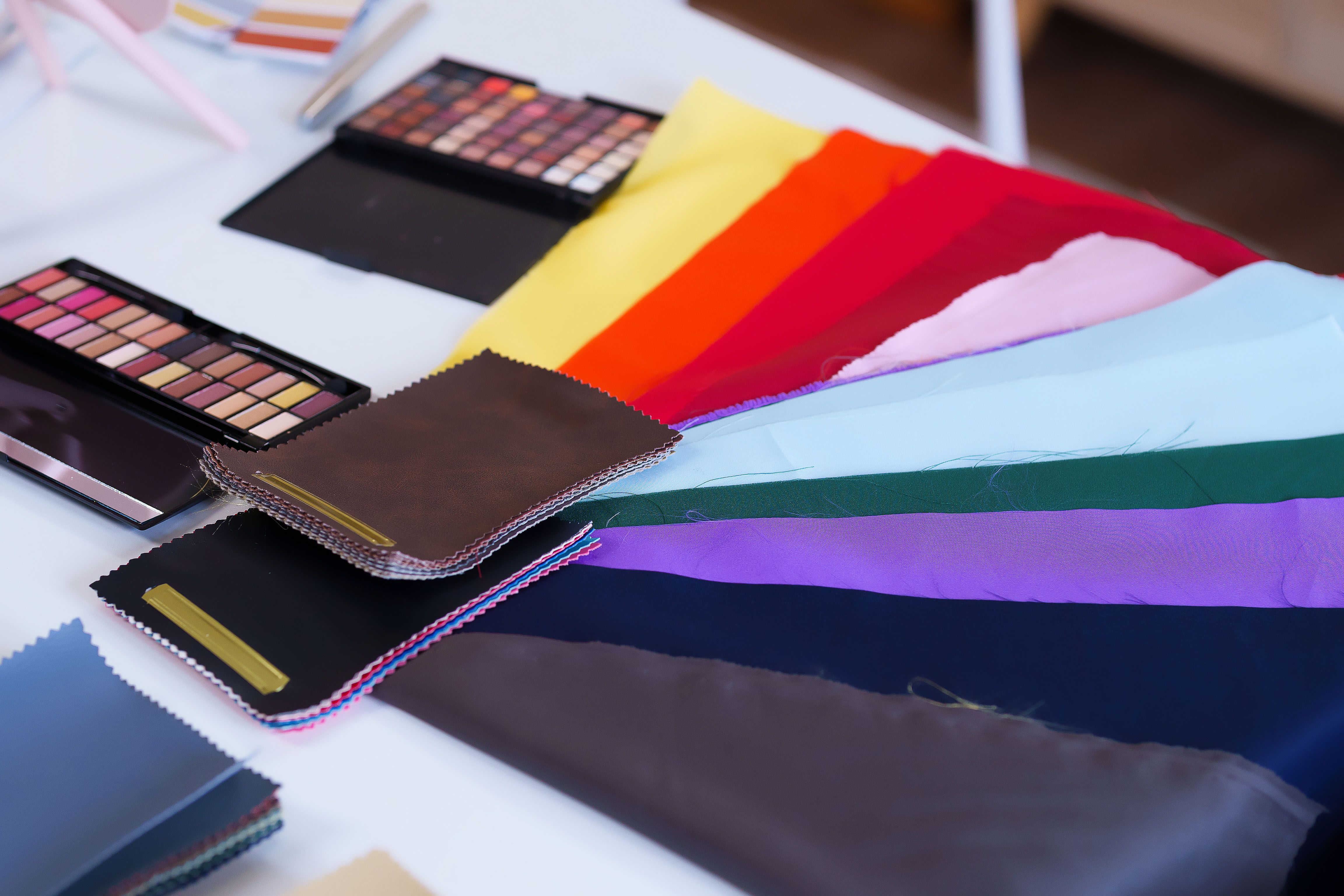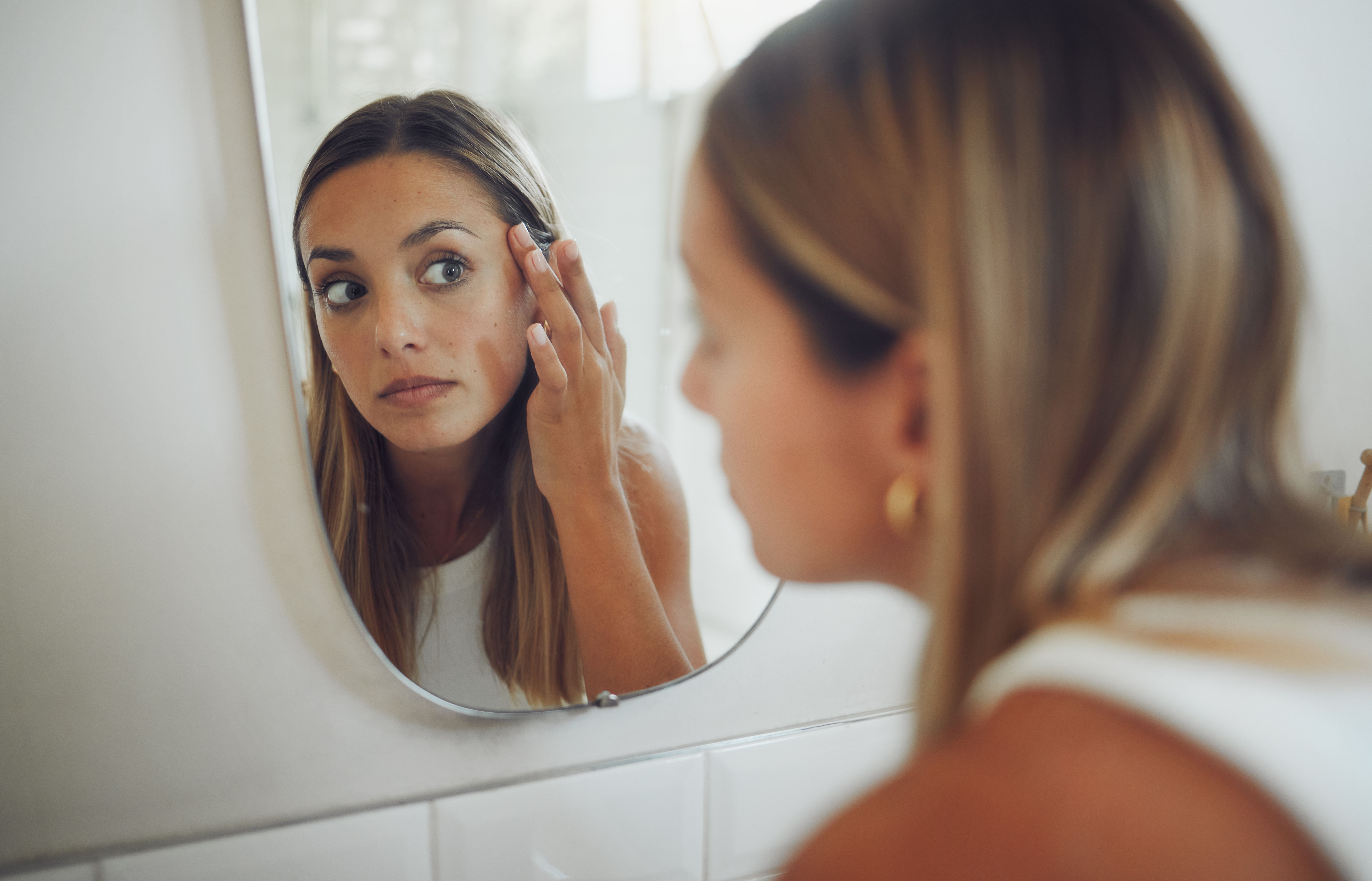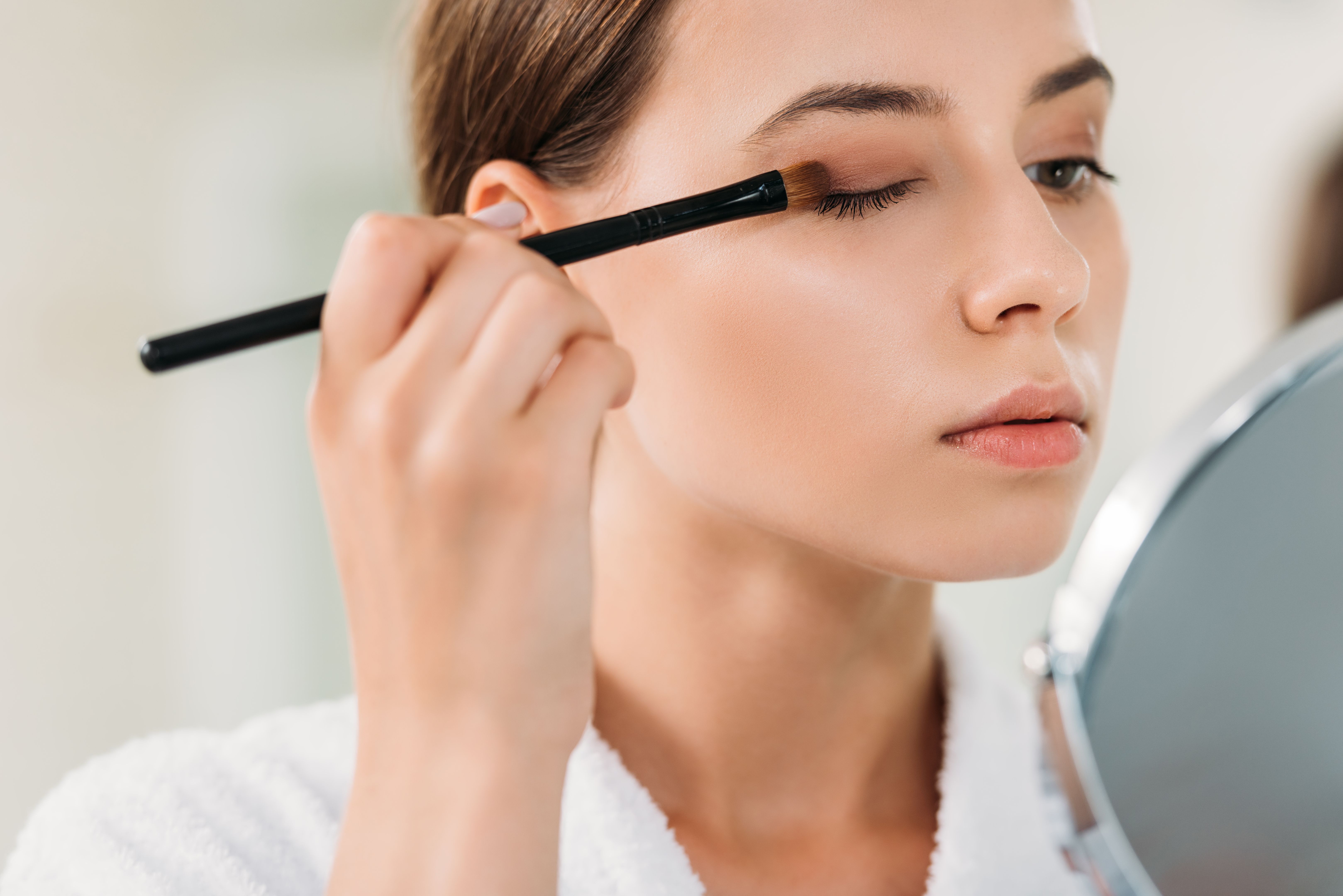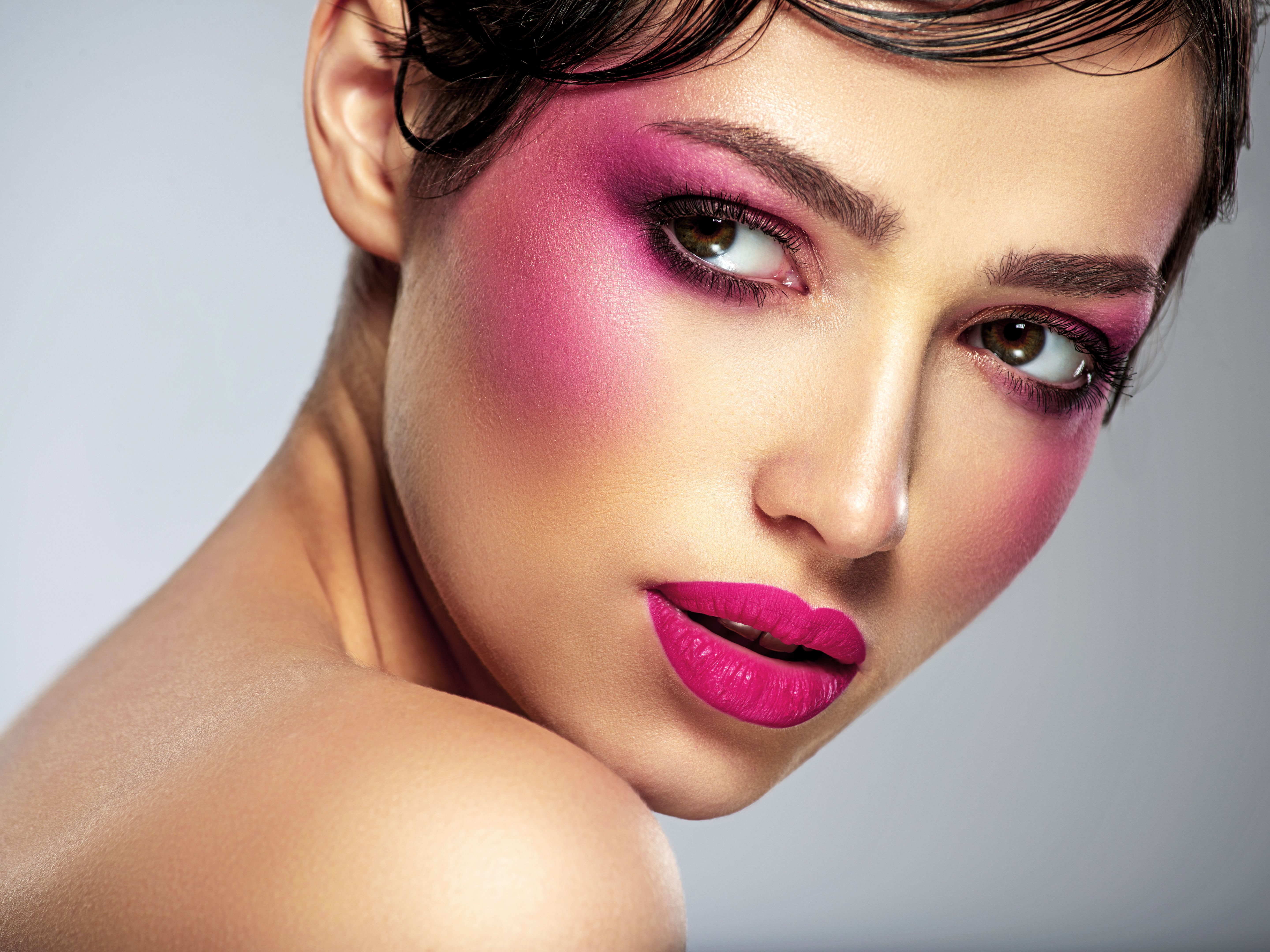Mastering Makeup with Color Theory
AM
Understanding the Basics of Color Theory
Color theory is a fundamental aspect of makeup artistry. It involves understanding how different colors interact, complement, or contrast with each other. By learning the basics of color theory, you can enhance your makeup skills and create looks that are not only beautiful but also harmonious.
The color wheel is the primary tool used in color theory. It consists of primary colors (red, blue, yellow), secondary colors (green, orange, purple), and tertiary colors, which are created by mixing primary and secondary colors. Understanding this wheel helps in selecting the right shades for your skin tone and achieving desired effects.

The Importance of Undertones
One of the crucial aspects of mastering makeup with color theory is identifying and working with your undertones. Undertones are the subtle hues that lie beneath your skin's surface. They can be warm, cool, or neutral, and they significantly influence which makeup colors will look best on you.
To determine your undertone, consider the following tips:
- If your veins appear blue or purple, you likely have cool undertones.
- If they appear greenish, your undertones are warm.
- If you can't distinguish between blue or green, you might have neutral undertones.

Choosing the Right Foundation
Selecting the right foundation is crucial for creating a flawless base. Your foundation should match not only your skin color but also your undertone. For cool undertones, opt for foundations with pink or red hues. Warm undertones benefit from foundations with yellow or golden shades. Neutral undertones can experiment with both warm and cool tones.
Testing foundation on your jawline can help you find the perfect match. Ensure to check the shade in natural light to avoid any mismatches.
Enhancing Features with Complementary Colors
Using complementary colors—those opposite each other on the color wheel—can enhance your natural features. For instance, using orange-based products can make blue eyes pop, while green shades can enhance brown eyes.
Lips and cheeks can also benefit from complementary colors. For example, those with warm undertones might find coral or peach shades flattering, while cool undertones can look stunning in berry or mauve hues.

Creating Balance with Analogous Colors
Analogous colors are next to each other on the color wheel and create a harmonious look when used together. This technique is excellent for creating subtle and cohesive makeup looks. For instance, a combination of pink and purple eyeshadows can create a soft and elegant eye look.
When using analogous colors, ensure to blend well to avoid harsh lines and achieve a seamless transition between shades.
Experimenting with Bold Contrasts
Once you're comfortable with basic color theory principles, don't hesitate to experiment with bold contrasts. Combining unexpected colors can result in striking and artistic looks. Remember that makeup is an art form, and sometimes breaking the rules can lead to stunning results.

Mastering makeup with color theory takes practice and patience, but the results are worth it. By understanding how to use colors effectively, you can transform your makeup routine and express your creativity like never before.
📍Serving: Thane | Mumbai | Navi Mumbai
📞 DM me on Instagram https://www.instagram.com/anmolika.radhika_makeup_artist?igsh=MTQzZzhidGNha2wyYw==
🌐 Visit: https://anuradhamakeupartist.com
Read more client reviews on https://anuradhamakeupartist.com/client-reviews
